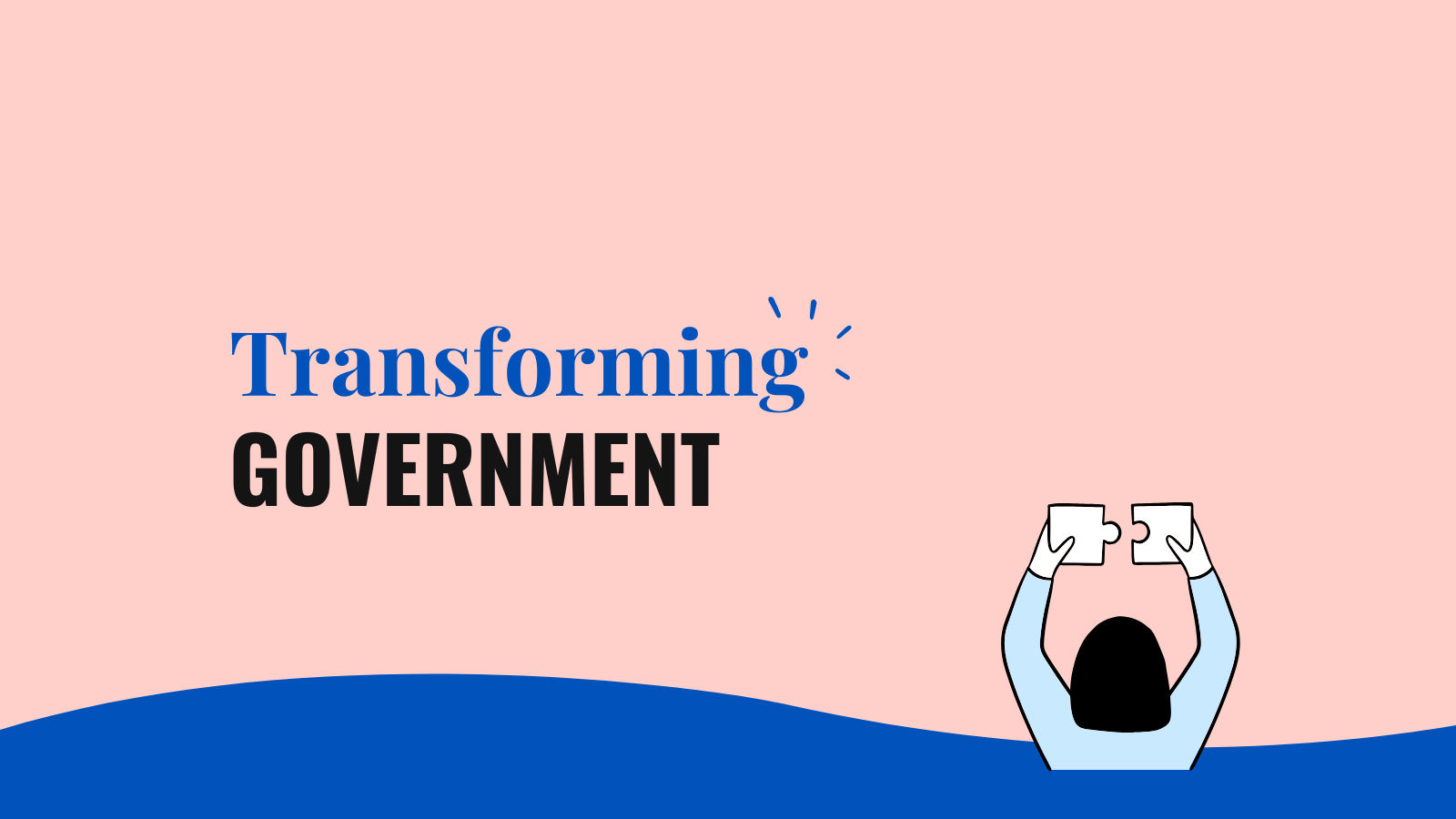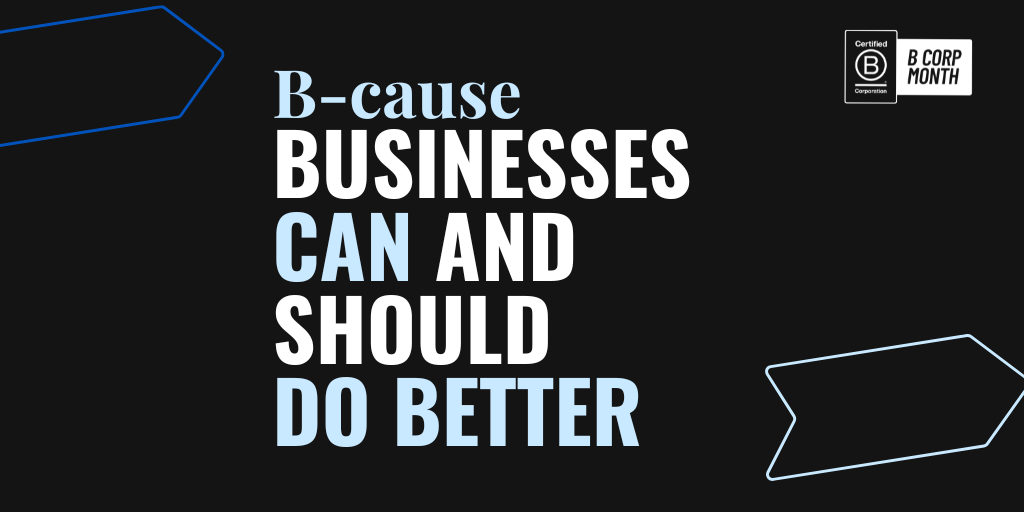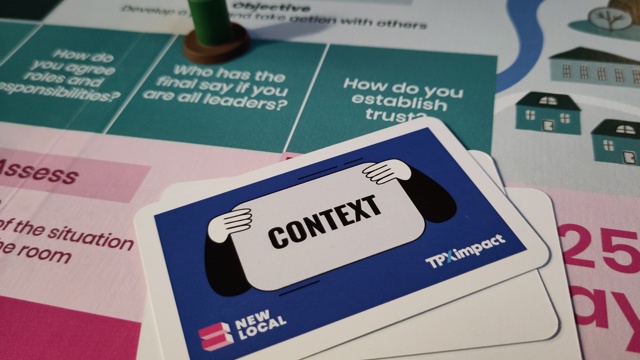Digital technologies are often credited with minimising the environmental impact of human activity. We might hear, for example, how digital documents reduce the need to print out hard copies on paper, or how remote working helps to curb travel pollution by getting rid of the daily commute.
However, less well documented is the negative environmental impact of the digital industry, particularly when it comes to its carbon footprint.
According to one of the most widely accepted peer reviewed research studies, the global digital industry was responsible for 1.4% of global emissions between 2010-2015. (The definition of digital industry here includes user devices, transmission networks and data centres.) Incredibly, these figures are on a par with the aviation industry at that time, but they could be worse. These estimates have recently been challenged, with new research showing emissions from computing could be closer to 2-4% of total global emissions.
According to Neil Clark, Environmental Strategist at TPXimpact: “The environmental impact of the digital industry is of serious concern because there is very little public awareness about it. There is also very little awareness amongst the various professions that make up the industry: developers, product owners, project managers, data analysts, testers and so forth.”
“This is evidenced by the fact that since the Paris Agreement in 2015, the average page weight (the size of a webpage, or the files that must be transferred over the internet when it is loaded) across the internet as a whole has increased on desktop by 50% and on mobile by 120%.”
Working towards a greener government
Encouragingly, however, it is a topic that government is beginning to take seriously.
Defra, for example, released their Greening government: ICT and digital services strategy 2020-2025 in September 2020, with Chief Digital Information Officer Chris Howes summing up the state of play:
“The true sustainability impact of digital is still not fully understood or published. Issues remain around a lack of transparency from providers in specific areas relating to the services consumed. There is also room for improvement in the skills of procurement teams to include sustainability criteria and a general lack of understanding on the responsibilities of all end users.”
Although it is unclear exactly how Defra — and the government more widely — will fulfil its pledge to “sustainably design, develop and use ICT and digital services,” as mentioned in the Greening government strategy, it is encouraging to see this issue finally being brought to light in the public sector.
We just don’t have the data
One of the major challenges ahead will be the difficulty of accessing information around a service’s carbon footprint, waste and supply chain. Currently, it is very hard to measure the impact of a digital product or service.
“Each of the hyperscale data centres — AWS, Google, and Microsoft Azure — now has its own emissions calculators,” Neil Clark notes. “However, these are based on energy consumption in the data centre, missing out things such as embodied carbon (the emissions created during a thing’s manufacture) of servers and emissions beyond the data centre.”
Organisations such as The Sustainable Digital Infrastructure Alliance are working towards more accurate calculations of the environmental impact of the digital industry, but at the moment, these are based on a series of estimates and assumptions.
“The big tech giants are not making their extremely valuable data available, instead insisting that the use of renewable energy eradicates the digital industry’s carbon impact,” Neil adds.
“This is highly frustrating, and it completely misses the point. We need to reduce waste - wasteful designs, wasteful code, wasteful data collection, wasteful storage — not just clean up the excessive energy we use. Wasting renewable energy is still wasting energy.”
Government will therefore need to work with industry to address the technological and commercial barriers that stand in the way of publishing this information, and painting an accurate picture of energy use.
Time to step up on our digital footprint
So where else should government be focusing its efforts?
From an internal perspective, Clark identifies GOV.UK as a leading light in terms of environmentally positive design, content, User Experience (UX), and Search Engine Optimisation (SEO) standards. Ensuring local government sites follow the same principles will also be key.
Externally, government can support those in the digital industry working hard to solve this problem, including putting pressure on data centre providers to support clients in reducing their digital footprint.
As with many other issues, there is also more work to do in bringing this problem to a wider audience.
“To continue to push this discussion forward the government can start to raise awareness of it more; putting carbon budgets alongside financial budgets for digital projects, rethinking KPIs for digital products, blogging more about practical implementations of their strategy and badging their sites to start to get a common language established about the environmental impact of a website,” Clark says.

Transforming Government
We partner with the institutions of Government to help them work better. Our approach delivers digital transformation in government that is user-centred, data-led and cost-effective.
Work with us
B-cause businesses can and should do better
Sharing how our commitment to serving all our stakeholders extends beyond B Corp certification
Read moreOur recent insights
Transformation is for everyone. We love sharing our thoughts, approaches, learning and research all gained from the work we do.

The role of play in building leadership skills
How play can offer local government leaders a powerful tool to break free from rigid structures.
Read more
Place and infrastructure: thinking about digital transformation in a new way
Digital transformation is more than gadgets or sensors—it's about the intentional and adaptive design of policy, planning and project delivery to achieve user and economic outcomes.
Read more
How agile practices and user-first approaches are key to creating joined-up NHS digital services.
Read more

